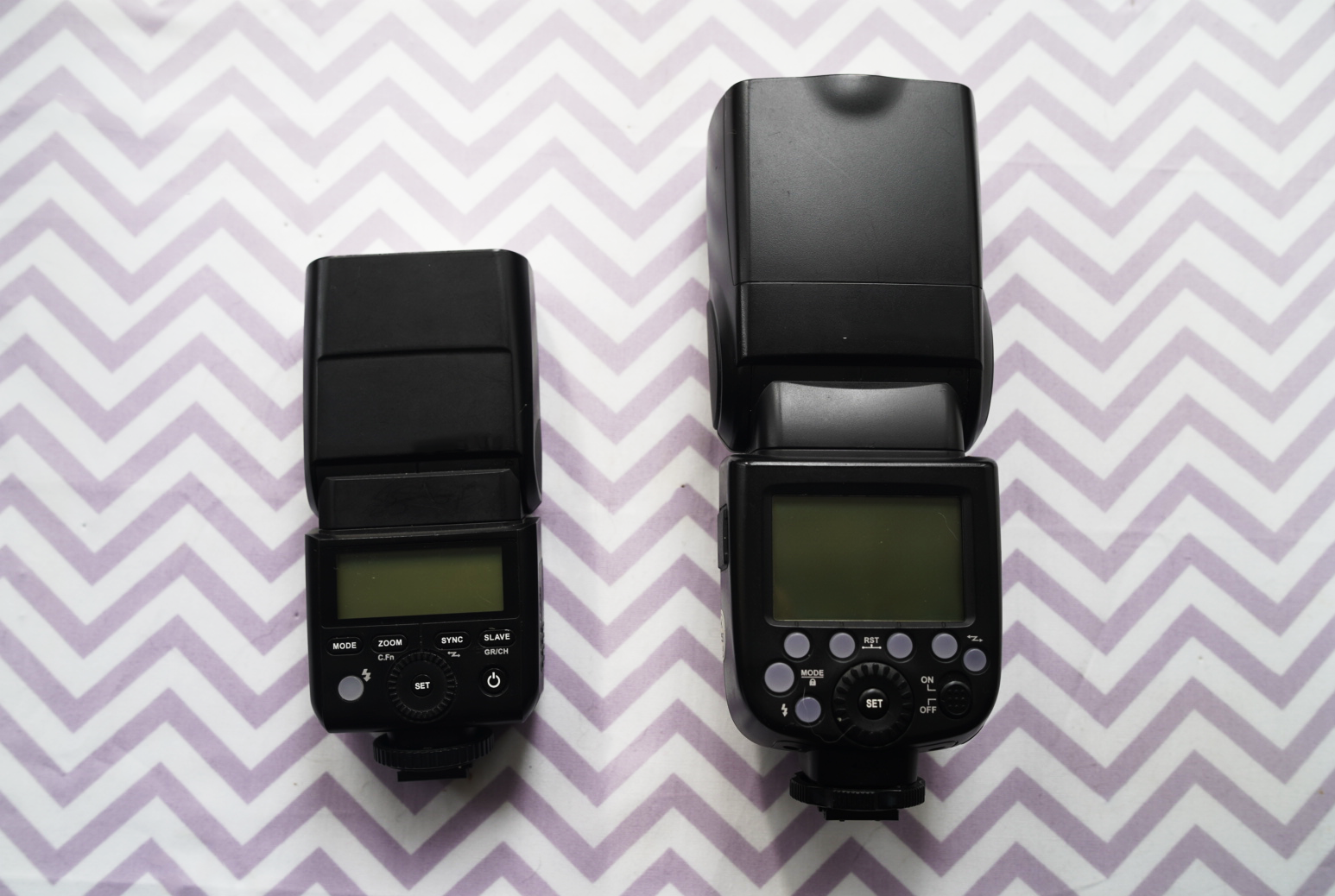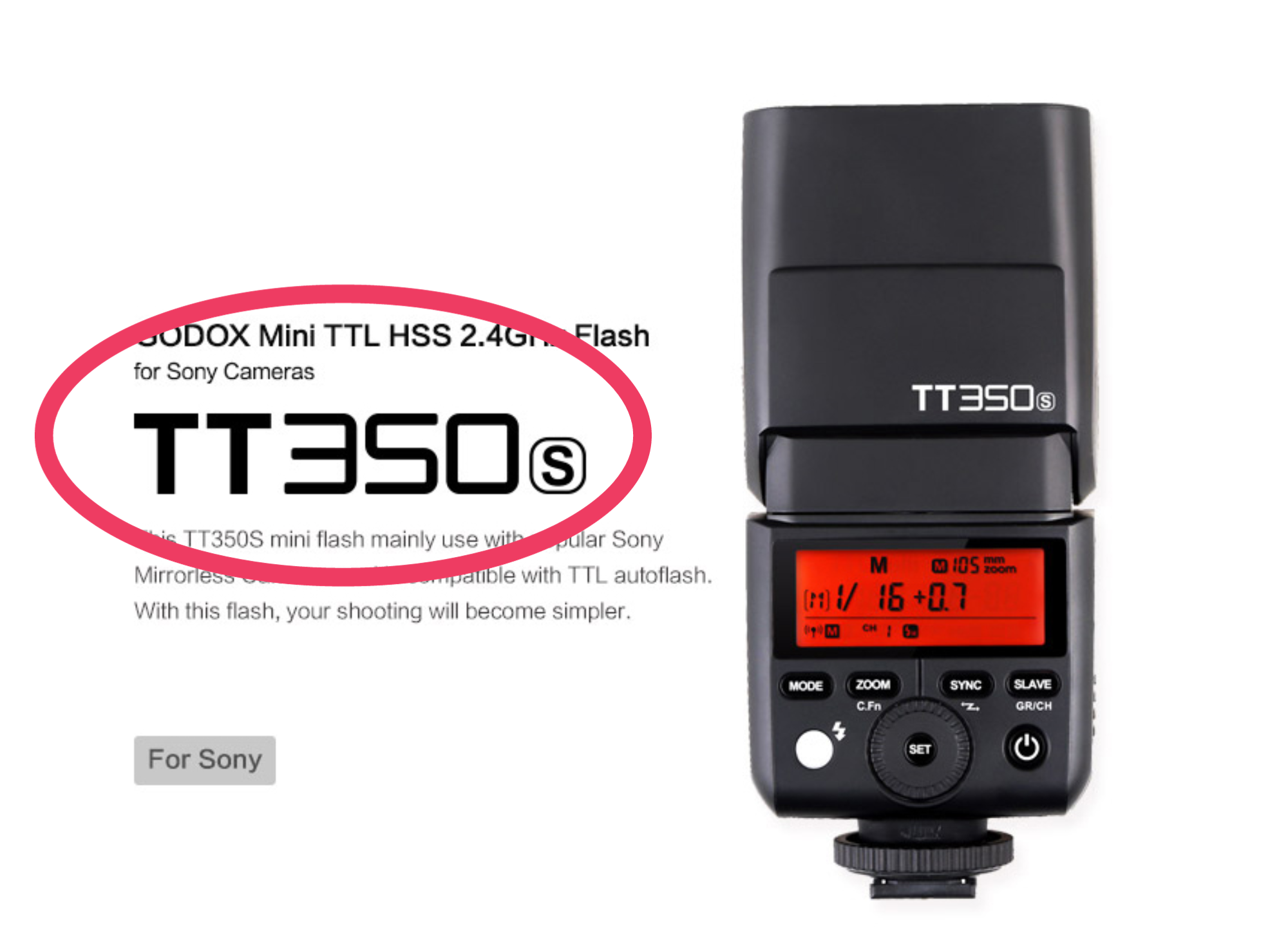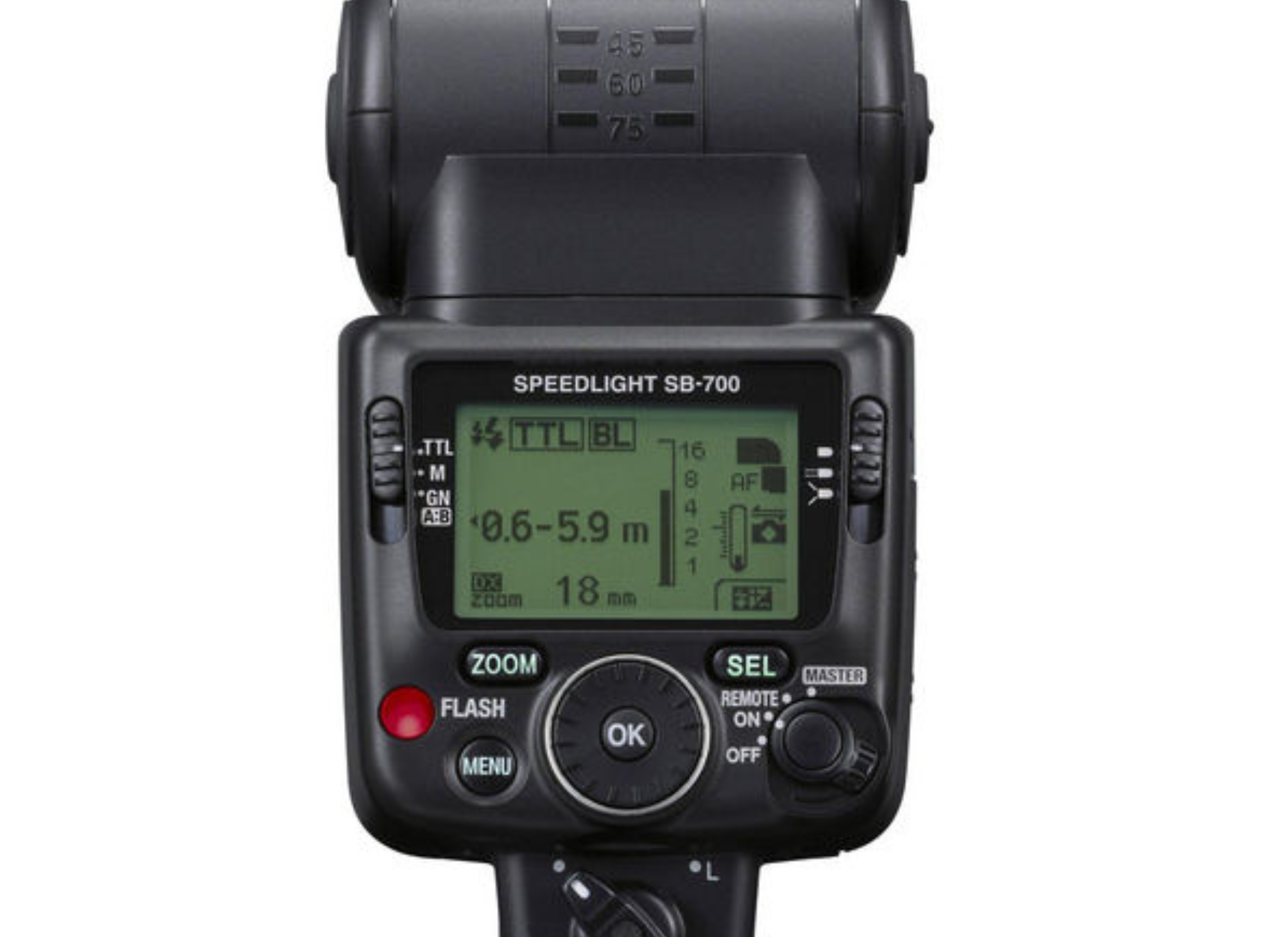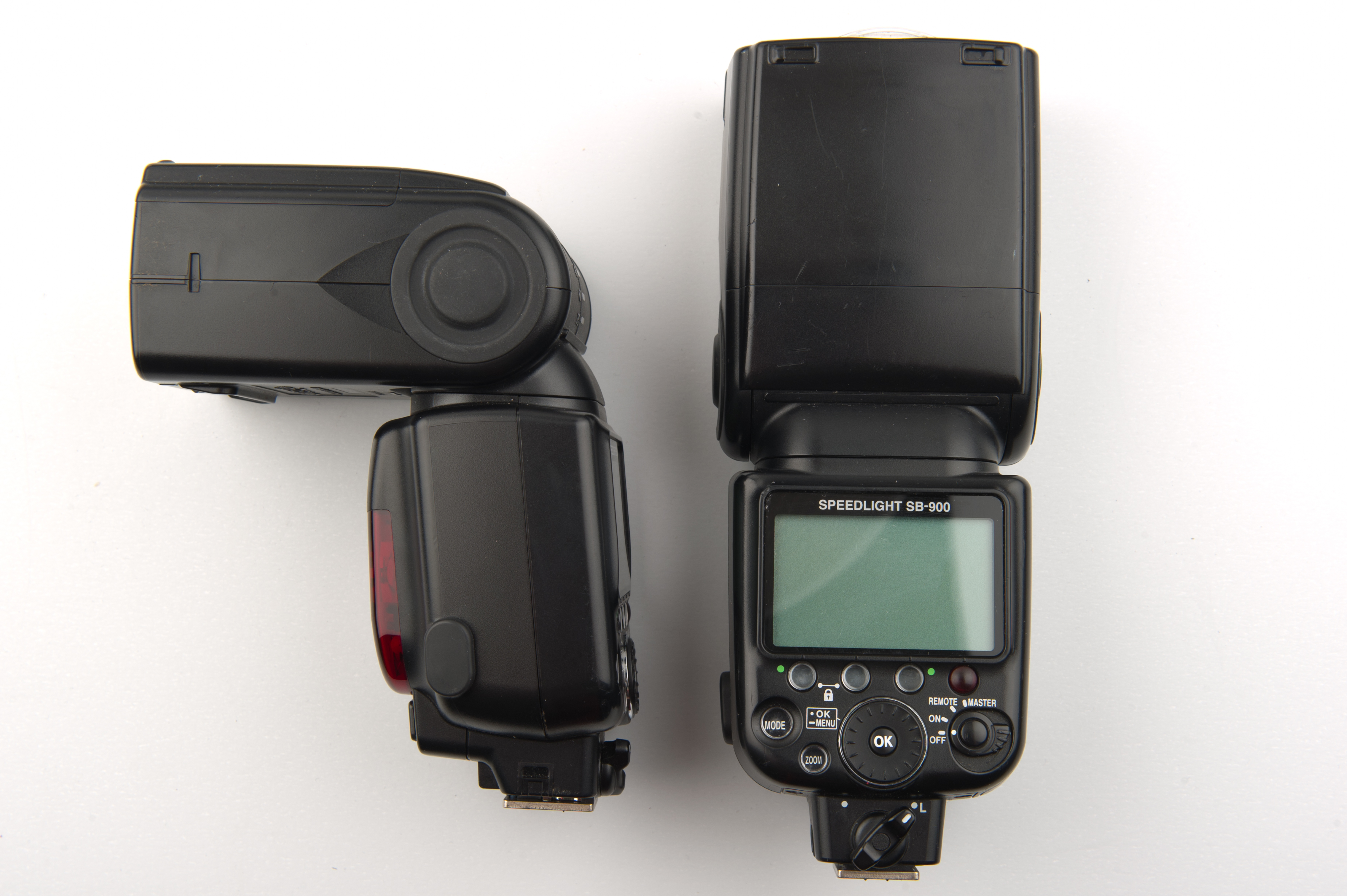What Flash should you buy?
We cut through the jargon and help you work out the features that you need - and that you don't need so you can get the right Flash for you
If you’ve never bought a flash unit before, looking at the variety out there and the sheer number of acronyms attached, you would be forgiven to be completely bamboozled by the choices. But fear not, we decode what’s out there and help you choose the best option for you.
But do you even need a flash? What’s wrong with your pop up flash?
Oh, nothing much, only that it’s weak, only points forward at an unflattering angle, does not give you much of an opportunity to amend its strength and you can’t take it off the camera. Other than that – it’s great!
I’m exaggerating of course – it can have its uses but it’s also largely responsible for why people tend to think of flash as being the single worst thing that can happen to their photos. Of course if all you use IS the pop up flash and you use it on full auto, that’s not surprising at all.
But flash light can be SO MUCH BETTER – it can fix your existing light, amend it, supplement it, replace it and more! It can be a trusted and controllable friend, but you need to learn how to make it work for you. And yeah, you need a better flash than your little pop up thing.
And we’re here to help you with it.
What do you want from you detachable flash? And how do you choose the one that's right for YOUR needs?
We have a few pointers for you:
CONSIDER THESE WHEN BUYING A FLASH
1
1. You want to be able to point it in various directions

Honestly, this is probably one of the most key characteristics of a good flash and light control in general. Your flashgun should have a swivel head which should allow you to point it all around. Discount straight away anything that is fixed, or only points up and down. Quite how much the head will tilt will depend on a model – I find it helpful to check youtube or manufacturers videos for specific models but the more it swivels, the better.
2
2. You want it to be the right size for your camera

Flashguns come in a variety of sizes and even shapes. While the standard full size flashes have the majority of the market, if you have a diddy, portable mirrorless camera, you may not want something that will outweigh it considerably. Thankfully we now have a generation of smaller flashguns which will strike a good balance between power and portability. On average, these compact flashes are about half the size and weight of a full size flash. They do have comparatively less power,so if you're planning on photographing vast spaces or for it to reachfar from you, this may not be the right choice for you. But if you want to use it at home, perhaps to boost the light in the dark, cold, winter months, a compact flash will do great.
3
3. You want it to be compatible with your camera make

Much like most photographic equipment, your flash needs to be compatible with your camera model.This means either flashes made by the same brand as your camera ( so Nikon flashes for Nikon cameras etc ) but also - and cheaper! - third party flashes made for your camera brand. To give you an example, Godox is a third party manufacturer that makes flashes for all major brand. So you may have a Godox tt350s ( for Sony) or Godox tt350c (for Canon) or Godox tt350f ( for Fujufilm) - as long as you pick the right version of the same flash, you will be fine.
4
4. You want versatile control - M & TTL

You want to be able to control the amount of flash power your unit sends out (because in some cases you'll only want a little to fill in some shadows, and at other times you'll want to light up a church) and to do so you need to be able to control your flash. I like my flashes to come with both manual controls but also TTL - which is an intelligent auto function. While Manual only flashes are cheaper, I find that in some cases, when I'm on the go and I just want to boost my light a bit without faffing with test shots etc, TTL is a complete lifesaver.
4
5. You want to take it off the camera

Make sure that your chosen flash has a wireless firing ability because one of the biggest joys of owning a flash is the ability to take it off the camera and fire it remotely from whatever location that suits your vision.
While some camera / flash combos will allow you to trigger the flash directly from your camera via the optical sensor in the flash unit ( not all flashes have them and not all cameras are capable of triggering them), in most cases you will also need controller unit. This one needs to be compatible with both your flash make AND model and your camera. The Controller unit will attach to your camera and the flash can be placed anywhere else.
Other things you need to pay attention to:
High Speed Sync:
All flashes limit the shutter speed you can set on your camera when you shoot with flash to about 1/200s. But some flashes have a setting – called High Speed Sync – which allows you to go faster than that. This can be very useful when using Flash outdoors so check if your flash is able to do it.
Recycle times
Recycle time is the time it takes your flash to ‘recharge’ itself to fire again after a few flash shots. Faster recycle times are better, but while they’re crucial to a wedding photographer who might not have second chances at certain shots, for mostly domestic use, don’t go too crazy about them
Other accessories
Snoots, domes, diffusers, gels, umbrellas – do you need them all? The answer is no. Some will certainly come in handy but not all at once. Learn how to use your flash first, then start using them to shape the light further. A lot can be DIYed as well.
So go, check out the options out there – there are great bargains to be found also on the second hand market.
Buying Second Hand:
Flashguns and accessories can often be found on second hand camera seller sites such as mpb.com or www.wexphotovideo.com/used/ and often in near mint condition as people buy them, realise they don’t know how to use them well and finally sell them after barely breaking them out of the packaging a few times. You can get really good quality gear for much smaller prices and as the sites still offer good warranty terms, you do so without risk.
>>> So which specific flashes do you recommend?

We created a roundup of flashes we think are worth considering for your camera, set out by camera brand and divided into full size and compact size options, combined with their approximate pricing and compatible triggers. Please note that this is to be use in an advisory function only - we cannot guarantee that our suggested models will be 100% compatible with your camera - these things can change and some may not be compatible with the newest camera models. Always double check that your chosen flash is compatible with your specific camera model. Click on the relevant link below to see recommendations for your brand.
Micro 4/3 Flash Recommendations
LEARNING TO SHOOT WITH FLASH
If you struggle with light and want to learn how to use your flash in a variety of shooting situations, look no further than our Very own Shooting with Flash course. It takes you step by step through learning how to use your flash on and off camera, both for every day as well as more creative uses.
The course is self paced and supported by a Facebook group so you can go through it at your own pace and still get your questions answered. Find out more
